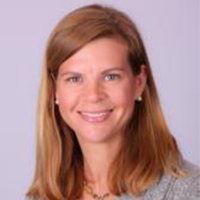Feeling like a challenge? How about implementing an enterprise-wide clinical research management system in an already-complex research environment at a major academic medical center?
One simply does not launch into such a project without careful planning, according to two presenters in a session at the ACRP 2019 gathering in Nashville who have lived through the experience and who shared their perspectives on it from the client and provider sides on Saturday (April 13).
Denise Snyder, MS, RD, associate dean for clinical research at the Duke University School of Medicine, said the goal of the undertaking was to standardize the clinical research experience across the institution in terms of access to data, unified processes, research system efficiency, insight into research financials, and other factors. The scope of the project included three electronic medical record interfaces, a custom financial interface, a new institutional review board vendor, an application programming interface, a large migration of incomplete and not always accurate source data, new workflows, dozens of report requests, and the fact that implementation was taking place during the school’s renewal year for its Cancer Center Support Grant from the National Cancer Institute.
In such settings, “you need to think about the ‘why’ of your implementation…[and] strong leadership is the unifying factor across our most successful implementations,” said Ora Mester, senior vice president for services with Forte Systems Inc., the supplier of the system chosen by Duke to best meet its goals. Ensuring that such leadership remains engaged throughout the implementation and “go live” of the system is aided by creating a clear and efficient decision-making process for the project, she added.
However, all the careful planning and successful data migration in the world will not make the effort that goes into launching such a major system worthwhile if the intended end-users don’t take advantage of its new capabilities. With nearly 1,800 stakeholders in Duke’s new system requiring training on it, Snyder said a post-training learning assessment was conducted, mandating that potential users pass a quiz with 80% correct answers or better before being allowed to access the system.
“Change is hard” is a common sentiment heard during such projects, Mester cautioned, but the day can be won through communicating clearly, adjusting your messaging based on your audience, planning ahead to address predictable concerns, and executing on your communication plan early.
Author: Gary Cramer



